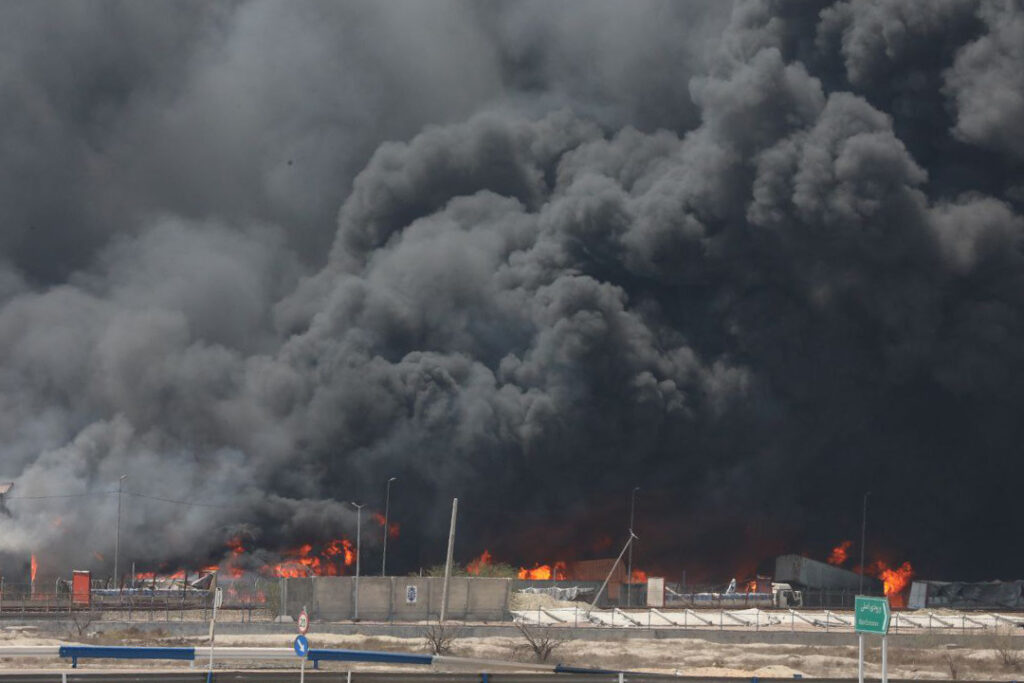Iranian president visits Azerbaijan as ties warm
Iranian President Masoud Pezeshkian met Monday with his Azerbaijani counterpart in a rare visit to Baku, the latest sign of a thaw in relations between the two neighbours.Tensions between the two have run high for years, largely due to Azerbaijan’s close ties with Iran’s arch-enemy Israel, then further exacerbated by a January 2023 attack on Azerbaijan’s embassy in Tehran.”The two countries can resolve all issues jointly, through negotiations… and strengthen relations, with mutual respect for each other’s territorial integrity,” Pezeshkian said at a joint press conference.”Iran will make efforts to ensure that its relations with Azerbaijan are strategic across all spheres,” he added. “We must not allow others to set us against one another.”Azerbaijani President Ilham Aliyev said Pezeshkian’s visit “is a reflection of the high level of relations between the two countries”. “Our peoples have lived for centuries in an atmosphere of friendship and brotherhood. Today, our interstate relations are developing on this solid foundation,” he added.Last week, Pezeshkian expressed hopes for a “rapid and serious improvement” in relations and cooperation between the two countries as part of a broader effort to “mend ties”.In a recent sign of rapprochement, Iran and Azerbaijan held two days of joint naval exercises in the Caspian Sea in November, according to Iranian media reports. But Tehran has long expressed concerns that Azerbaijani territory could be used by Israel — a major arms supplier to Baku — to stage a potential attack on Iran. In the embassy attack, a gunman killed an Azerbaijani diplomat and wounded two security guards. Iran condemned the attack but attributed it to “personal” grievances.In the aftermath, Baku shut its embassy in Tehran and both countries then ordered expulsions of the other’s diplomats. Azerbaijan reopened the embassy in mid-2024 after an Iranian court sentenced the attacker to death. Another point of dispute between the two countries has been the so-called Zangezur corridor, a proposed direct land link between Azerbaijan and Tehran’s historic rival Turkey.Tehran strongly opposes the project, which would run along Iran’s border with Armenia. Tehran has historically been wary of separatist sentiment among its ethnic Azerbaijani minority, which makes up around 10 million of Iran’s 83 million citizens.





